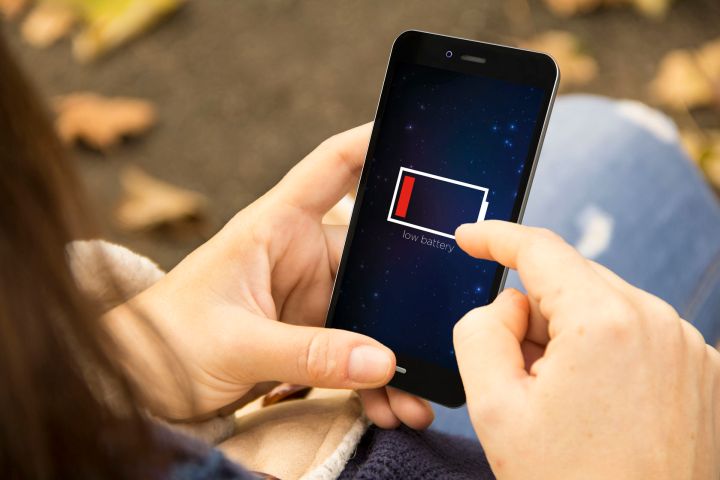
The company has just received two patents for its technology that captures RF waves and converts them into electrical energy. The idea is to use the surface of your cell phone, or other mobile device, as an antenna that can absorb and reuse its own wasted radiated power. Radient claims this could boost battery life by up to 30 percent.
To make licensing even more attractive to manufacturers, Radient’s technology can also serve as a wireless charger. It could potentially enable the alluring prospect of real wireless charging on-the-go, without wires or mats. Wireless charging is significantly less efficient than wired charging, so the fact that Radient’s technology recycles wasted energy is appealing from a green perspective.
The idea of your phone automatically charging up while it’s in your pocket is the holy grail of wireless charging, but Radient is not without its competitors. TechNovator XE showed off a working prototype last year, Ossia is working in this space, and Energous also has an RF-based wireless-charging technology. However, Radient is doing things a little differently.
“Most of the options out there today transfer power from one location to another — from charger to device — a principle that Nikola Tesla demonstrated back in the 1890s. Radient is the first company to go beyond this outdated, 19th century model.” said Marc Chen, Radient co-founder and CTO.
The double whammy of reducing power consumption and extending battery life could give Radient an edge when it comes to persuading device manufacturers to license the tech.
“In addition, improperly implemented externally attached cell phone case solutions can degrade or block a cell phone’s communication signal, creating a situation where, in an emergency, calls will be dropped,” explained Chen. “Radient has developed the technology to specifically address these kinds of problems.”
It may be a while before we see this technology in a consumer device. Radient is targeting wireless device manufacturers, semiconductor suppliers, and wireless charger companies, but there’s no word on any partners just yet.
Editors' Recommendations
- Does the Samsung Galaxy A54 have wireless charging?
- Otterbox’s Folding Wireless Power Bank offers fast charging while gaming
- GuRu’s robot could charge up your devices wirelessly over a distance


